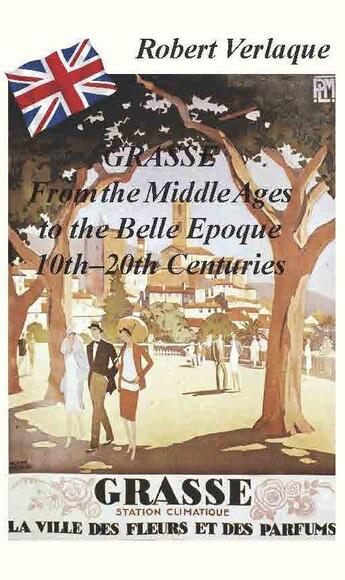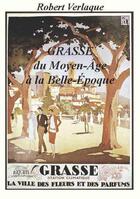-
Date de parution : 04/09/2017
-
Editeur :
Riqueti
-
EAN : 9791092950632
-
Série :
(-)
-
Support :
Papier
Résumé:
The history of the beginnings of the town of Grasse is not known. There is very little information available for the many years between the end of the Roman Empire and the 11th century. During the pax romana, the plain, on which Le Plan stands, was inhabited and the road from Antibes to... Voir plus
The history of the beginnings of the town of Grasse is not known. There is very little information available for the many years between the end of the Roman Empire and the 11th century. During the pax romana, the plain, on which Le Plan stands, was inhabited and the road from Antibes to Draguignan passed that way. With the coming of the Barbarie invasions, people moved towards the mountain tops for safety reasons. The first site of the present town is believed to have been on the prominent headland known as Le Puy (where the cathedral now stands). It is thought that, towards the year 1000, the castrum (i.e. the church, a keep or castle surrounded by a defensive wall), mentioned in the textual records, was positioned there. The Abbey of Lérins (on an island off the spring of the Foux and Le Puy. There is evidence of the existence of a merchant town, in the 12th century, between these two landmarks.
It was here that leather goods and textiles were produced and organised within a republican structure following the example of towns in the north of Italy. In 1227, the Count of Provence. It retained this status as part of the kingdom of France right up to the end of the Ancien régime (1789). The growth, from the 16th century, of the glove - and glove - and soap - making industries (thanks to increased in the production of olive oil), was to be followed, from the 18th centyrt, by that of the perfume industry which, with the advent of the industrial revolution, became the primary source of wealth for the town. Today, itis at the very core of the activity and of the reputation of Grasse.
Donner votre avis









